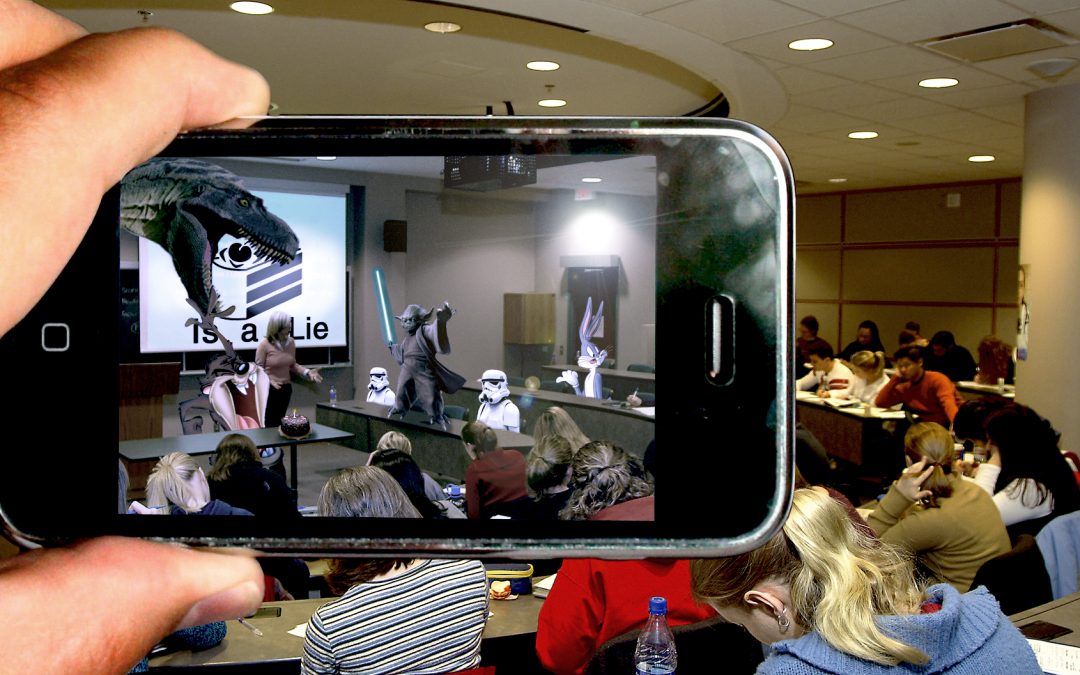If your organisation believes in keeping up with the “next big thing”. You need to look no further than immersive technology.
There’s a growing belief that Augmented Reality, in particular, is about to substantially transition from the world of gaming. To become an important form of business communication. Not just for innovative and catchy marketing campaigns, but as the next big thing in design and collaboration too.
Though both Augmented and Virtual Reality are still at an early stage of development, they look set to be the next logical step from Computer Aided Design and animation. Not least, as they follow the trend for CAD developers and enablers to constantly update and expand what can be achieved.
Differences between VR ( Virtual Reality) and AR (Augmented Reality)
Unlike Virtual Reality applications, AR doesn’t require expensive, unwieldy equipment. It’s a highly transferred and moveable sensory “feast”, that can be accessed by audiences using technology they already have in their hands.
The hugely popular Pokémon Go campaign provided the perfect proof of concept, in terms of universal appeal and ease of delivery.
Augmented Reality is also different from Virtual Reality as it carries a greater trust factor. This is because using it does not totally divorce you from reality. You still have one foot in the physical realm.
AR combines a real stimulus – a poster, desk or location for example – with virtual input, which can be reassuring for many audiences.
AR also enables companies to encourage users to engage with real locations and materials. While supplying them with multiple layers of controllable audio-visual information.
How they grow from CAD
The uses of AR and VR in a business context are vast. The way they integrate with existing Computer Aided design tech and skills. This makes it a much smaller step forwards than you may currently imagine.
Information Modelling and 3D Rendering and Animation techniques provide the bedrock of developing both VR and AR applications.
They enable constantly updated content to be quickly and smoothly transformed into data available to view on various platforms. This includes mobile and desktop devices for AR. For VR, they can be used to create content for such equipment as GearVR. This provide a completely immersive experience.
Transforming design
Using AR to add to the already powerful capabilities of CAD could make designing products, facilities and sites even more intuitive and precise.
Data can be gathered to be modelled into sharing and collaboration opportunities on a whole new level. Think Science Fiction films, where diagrams and imagery appear in the air, which can be manipulated, controlled and overlaid. That is fast becoming a reality.
AR as a development from CAD can provide unlimited interaction by the end user. For example, when looking at schematics and diagrams projected onto your desk, you can adjust colours, animate an element, or overlay addition information and imagery.
Meanwhile, somewhere else in the world a colleague, client or supplier receives an audio-visual representation of what you are doing, simply by holding their phone up.
No screens are required and you can view the data and 3D image from every angle, switching it around at will.
How far off is VR and AR, as a CAD offshoot?
The investment is certainly being made in developing the technology and skills that will bring VR. It’s more easily accessible cousin AR – into the mainstream.
For example, Apple has announced that it is putting an AR “chip” in its newest mobile phone models.
Big budget organisations are already using CAD in a VR context, so that now needs to be configured to be more affordable and accessible.
To ensure you have access to the next technological step forward. Make your company more agile and competitive, contact Restoric Design.



